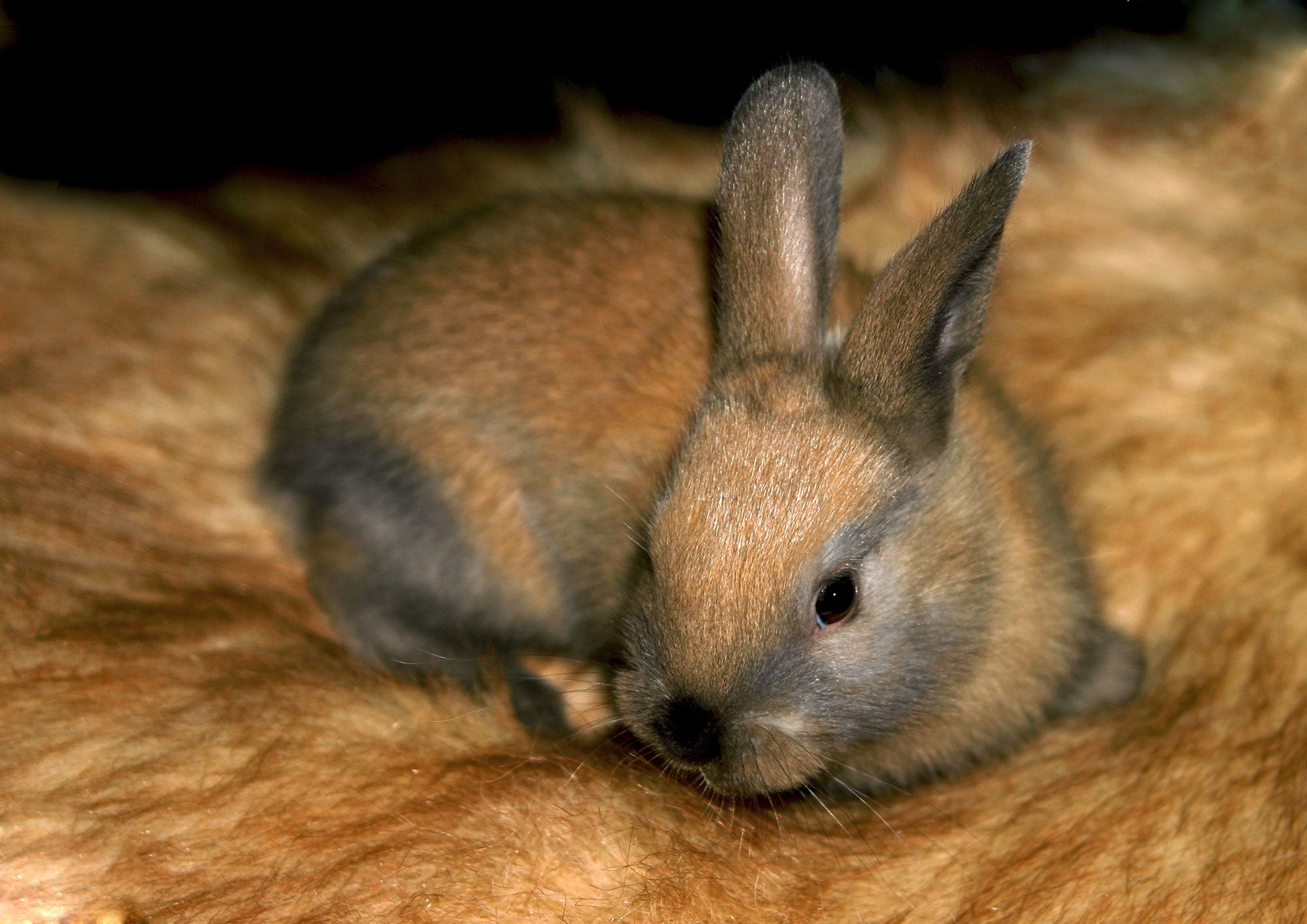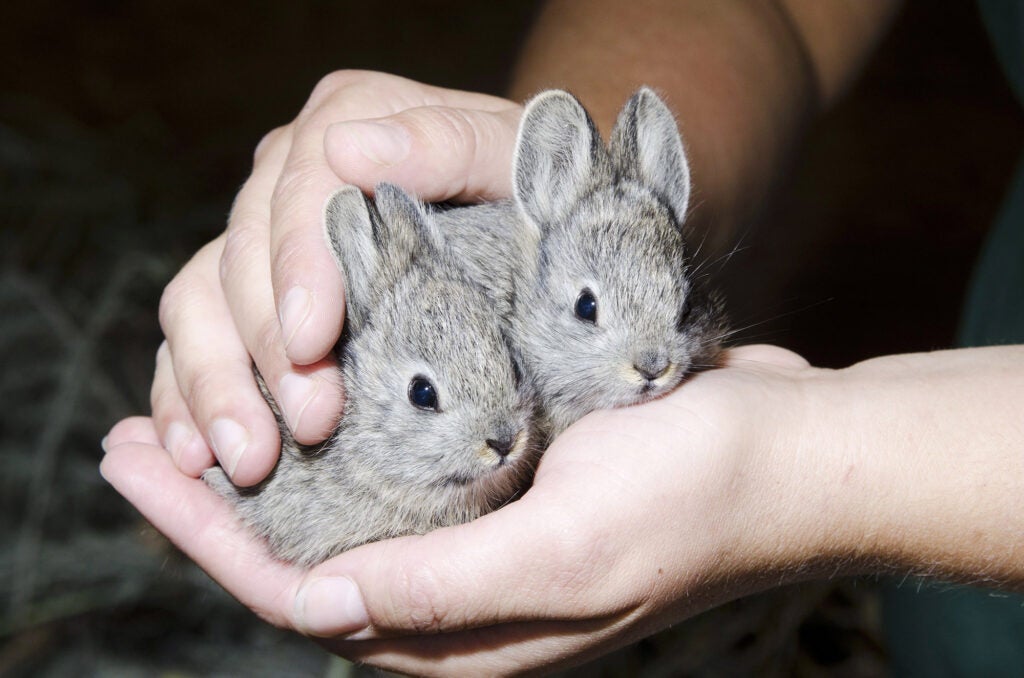We’re Fighting to Save the World’s Smallest Bunnies
The federal government is dragging its big feet on protecting the pygmy rabbit.

This page was published a year ago. Find the latest on Earthjustice’s work.
The world’s littlest rabbit species faces big threats to its existence and needs our help.
Pygmy rabbits, or Brachylagus idahoensis, live in the sagebrush lands of the American West. Oil and gas drilling, livestock grazing, invasive grasses, wildfire, and a newly documented disease are challenging the bunny’s ability to survive in their home on the range.
Here’s one of the rabbits in the wild:

Pygmy rabbits depend on the sagebrush sea habitat to protect them from predators and for the majority of their diet. (Photo Courtesy of Washington Department of Fish and Wildlife)
The federal government sees the problem but isn’t moving on it. The U.S. Fish and Wildlife Service announced in January that the rabbit’s situation may warrant protection under the Endangered Species Act (ESA). But the agency didn’t go on to decide if listing is warranted or not — something they were legally required to do by March 6, 2024.
It’s long past time for the agency to hop to it. So, conservation groups, represented by Earthjustice, sent a formal notice this week of their intent to sue to force a decision.
We are representing Western Watersheds Project, the Center for Biological Diversity, WildEarth Guardians — and of course, these guys:

A biologist holds two Columbia Basin pygmy rabbits as part of a captive breeding program at the Oregon Zoo. Dozens of the animals died in a recent wildfire in Washington. (Photo Courtesy of Oregon Zoo)
The pygmy rabbit is far from the only species in peril and this lawsuit is part of our work at Earthjustice to address the broader biodiversity crisis. Scientists predict that if things don’t change, nearly 40% of all species will face extinction by the end of this century.
The Endangered Species Act is our strongest tool for fighting the biodiversity crisis. But it’s not enough to have great laws like the ESA if the government doesn’t follow them. We exist because the Earth needs a good lawyer. Making the government move to protect threatened and endangered species is part of what we do here at Earthjustice.
Established in 1993, Earthjustice's Northern Rockies Office, located in Bozeman, Mont., protects the region's irreplaceable natural resources by safeguarding sensitive wildlife species and their habitats and challenging harmful coal and industrial gas developments.